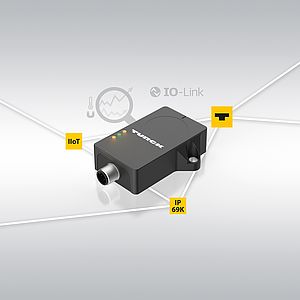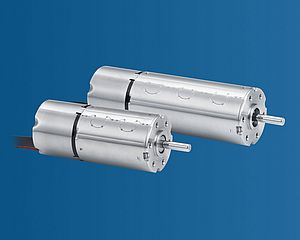As a policy field, industrial energy efficiency has been quite forgotten in Europe until recently. The thinking was that the EU's Emissions Trading System (ETS) could solve everything because ETS focused on both Europe's largest companies and carbon reduction. Well, even if it were succeeding, carbon reduction does not necessarily mean improved energy efficiency.
As a recent study by the International Energy Agency* has shown, the benefits of improved energy efficiency go well beyond just saving carbon. The IEA lists the following benefits: enhanced productivity and competitiveness; reduced costs for environmental compliance, O&M and waste disposal; extended equipment lifetime; improved process and product quality; and improved work conditions and decreased liability.
In 2012, the EU's Energy Efficiency Directive was approved, requiring mandatory audits for large industry and the promotion of energy management systems for all, but with a special focus on small and medium-sized enterprises.
There are few organisations in Europe that are raising the awareness to policymakers about energy efficiency in industry. EEIP is one of the few. This has become more obvious in a group that EEIP is participating in. The European Commission and the United Nations Environment Programme's Financial Initiative established the Energy Efficiency Financial Institutions Group (EEFIG) as a permanent working group. The purpose of the group is to find ways to drive new finance for energy efficiency investment. The group is currently working on the industrial sector, following the completion of the interim on the buildings sector that I reported on in the last edition of this publication.
The discussion has opened a Pandora's box of issues and information gaps. Let me raise but a couple. One relates to an accounting issue. There is still uncertainty in international accounting standards with respect to what can be off balance and what can be on balance. Those are issues that affect the chief financial officer of any company. While to the outsider it seems quite straightforward, it is not.
There is a separate problem on data and analysis. Because industrial energy efficiency was a low priority, collecting data on the sector was also a low priority. In terms of setting baselines; in terms of setting key indicators that can influence policymaking; in terms of understanding the dynamics sector wide: so little is known. Some countries have done a good job but there is no Europe-wide data and analysis that will help decision-making.
Because of these and many other issues that were raised, the banking community has been reluctant to provide necessary financing. And it also means that companies have too often been unable to develop the proper business case for a specific energy efficiency investment. While everyone sees the benefit in the investment, there are often technical issues (such as accounting standards) that are exacerbating the problem. The identification of these problems will hopefully lead to some sensible next steps. The EU Commission is starting to show the interest in this that it always should have... better late than never. Hopefully, the new energy Commissioner will rise to the occasion and see that those wider benefits are essential for the competitiveness of Europe.
The group's report on financing issues in the industrial sector is to be published in January 2015. Given the workload that is ambitious. You can be assured that EEIP will be involved in every step along the way.
*IEA, Capturing the Multiple Benefits of Energy Efficiency, OECD/IEA, 2014






















































